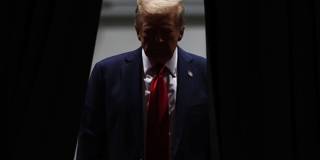
Donald Trump’s Tariffs Would Hurt US Workers and Businesses
Many in the US business community think that Donald Trump’s plan to impose massive tariffs on imports from China, and across-the-board tariffs on most other countries’ exports to America, will boost their bottom lines while also helping workers. But tariffs cannot do both – and are likely to do neither.
WASHINGTON, DC – “To me the most beautiful word in the dictionary is ‘tariff,’” Donald Trump told an audience at the Economic Club of Chicago last week. Judging from the thunderous applause that followed, many in the business community believe that Trump’s plan for comprehensive tariffs will help their bottom lines.